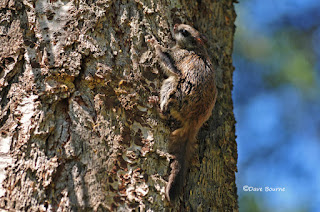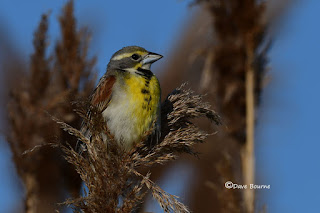We have been fortunate to observe four different species of Marmot in our travels. Our first encounter with Marmots took place in Rocky Mountain National Park Colorado. I remember being very enthralled watching and listening to all the Yellow-bellied Marmots while hiking in the mountains. Unfortunately all the images I have of Yellow-bellied Marmots are on film.
Our next encounter was the Olympic Marmots in Olympic National Park Washington. Also recorded on film.
However we have encountered Hoary Marmots a fair number of times while hiking in the Canadian Rockies and I never get tired of their playfulness.
The Hoary Marmot has thick, silvery-gray fur on its head, shoulders and half of its back. It has reddish-brown fur on the back half of its back, its rump and on its long bushy tail.
It has black feet, a white patch of fur between its small, round eyes and white fur around its nose and mouth. It has small ears and long, curved claws on both its front and hind paws.


















































